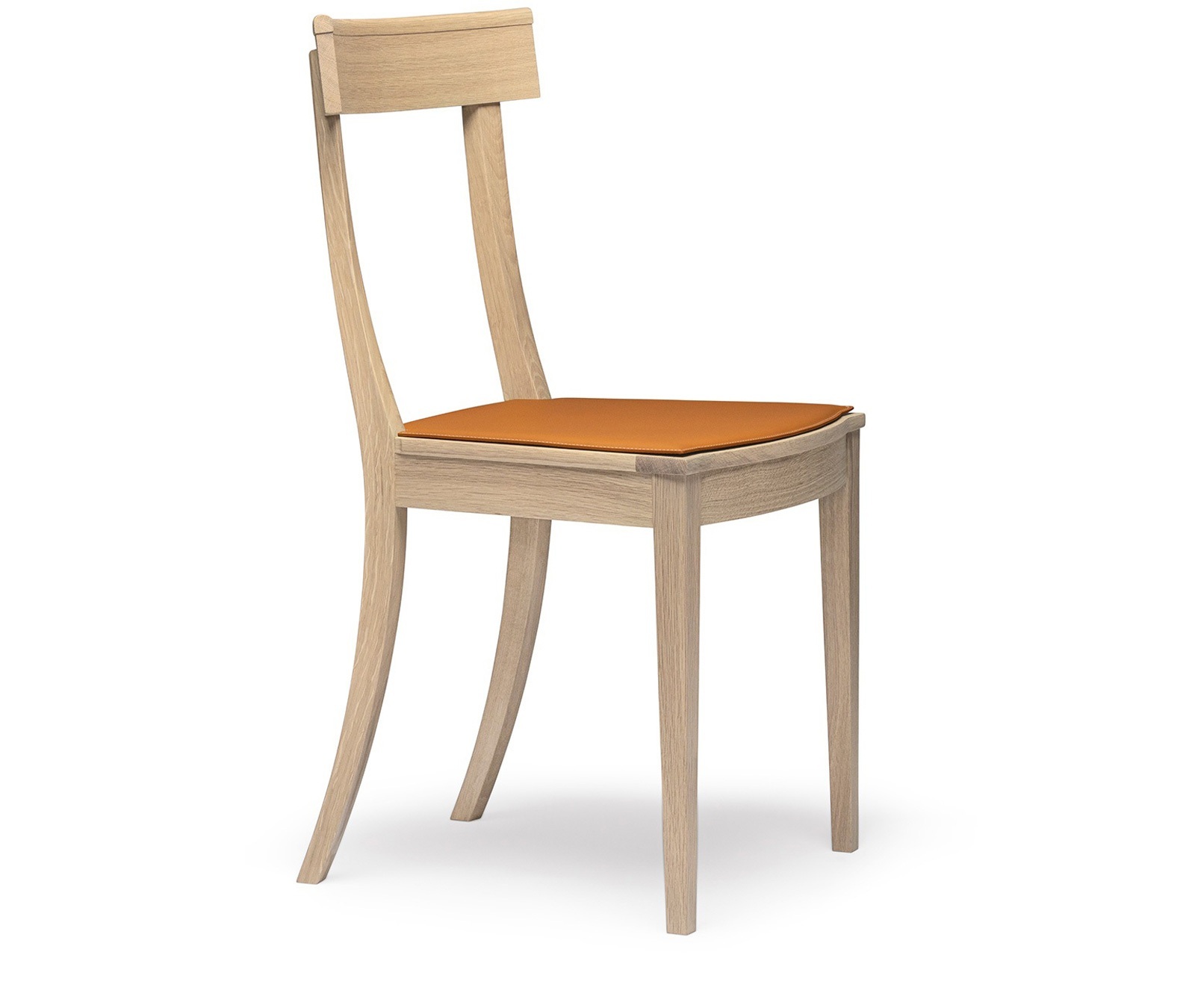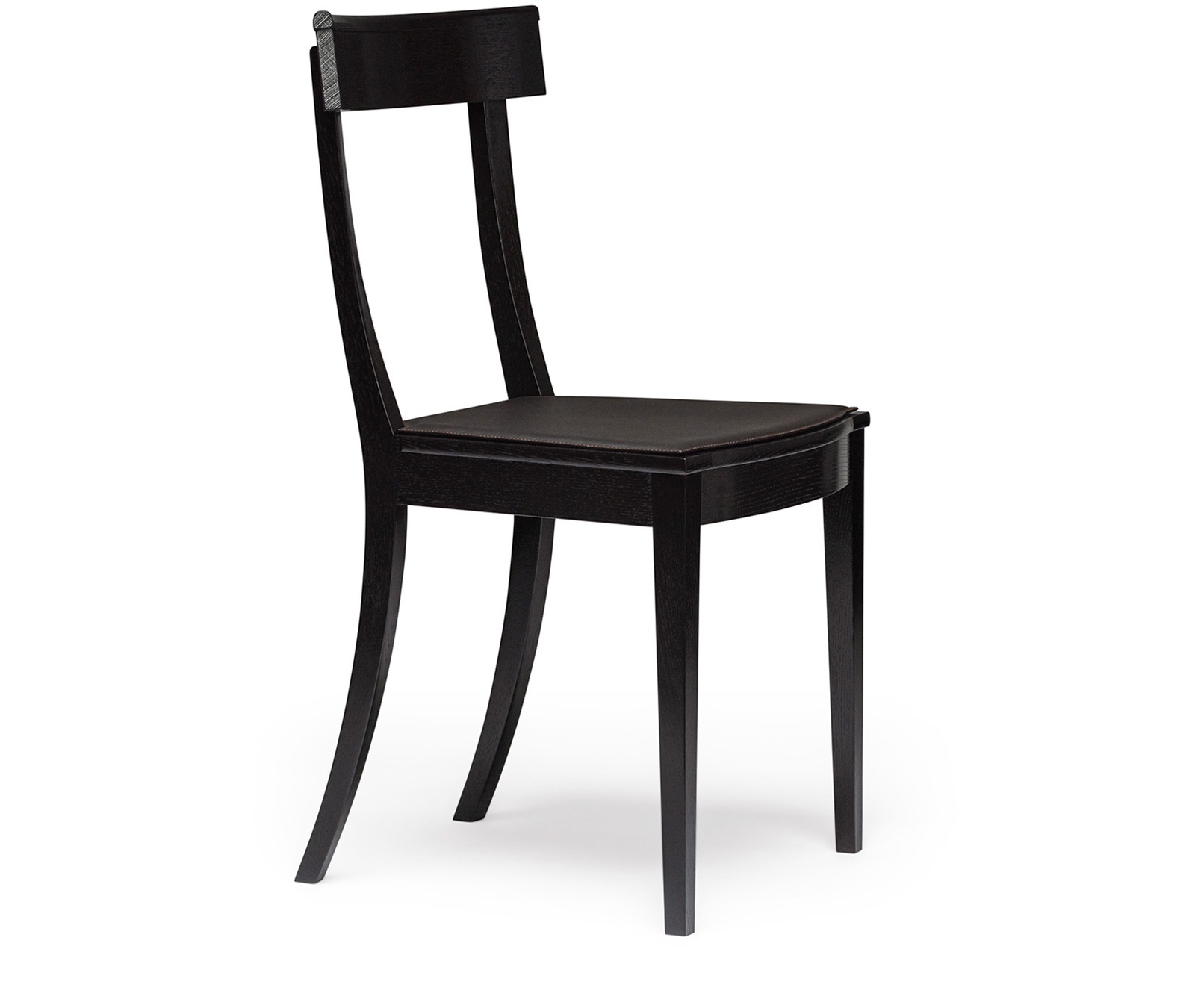Karl Friedrich Schinkel

The Prussian architect, master builder, urban planner, painter, graphic artist and stage designer Karl Friedrich Schinkel (born 13 March 1781 in Neuruppin, died 9 October 1841 in Berlin) contributed decisively to classicism and historicism. As head of the superstructure deputation, he was overseen by a department that reviewed almost all state construction projects for the Kingdom of Prussia in aesthetic, functional and economic terms. His structures still characterise the cityscape of the centre of Berlin and beyond.
The Schinkelschule, named after him, instructed several generations of architects under his stylistic influence. In addition to the various sacral and cultural buildings, such as St. Nicholas’ Church in Potsdam, his main works include historically revolutionary buildings like the Gewerbeinstitut Berlin. The New Pavilion is also named after him (Schinkel - Pavillon), which he built from 1824 to 1825 for the King of Prussia Friedrich Wilhelm III, right next to Charlottenburg Palace in Berlin, and furnished it with, among other things, the TAFELSTUHL.
Schinkel’s work is regarded as the forerunner to modern architecture, in terms of its construction techniques, spatial concepts and design. (Source: Wikipedia).
Simon Husslein

Simon Husslein designs products and spaces. He develops furniture and watches, designs interior architecture and scenography, and advises brands on design matters. Born in Werneck, Germany in 1976, he studied industrial design at Darmstadt University of Applied Science and obtained a Masters at the Royal College of Art in London. He realised projects in Tokyo, London, Shanghai and Zurich, and taught at various universities such as Tongji University in Shanghai. Simon Husslein was a Creative Director at the Hannes Wettstein Studio from 2008 to 2014. In 2015, he set up his own studio in Zurich focusing on design and scenography. He has been a professor of Interior Architecture at the Geneva School of Art and Design – HEAD since 2017.
Simon Husslein has received numerous international design awards. He is already a two-time winner of the Red Dot Design Award, Best of the Best. His other awards include the if Design Award in Gold, the German Design Award in Gold and he came in first place for the Uhr des Jahres (Watch of the Year). He has been a regular member of the Red Dot Design Award jury since 2017, and a member of the Foundation of the Grand Prix d'Horlogerie de Genève Academy since 2021.
Husslein’s work is known for its precision and coherence, underpinned by a technical know-how and experience at the highest level. The focal drive of each project is maintaining the coherent harmony of form, colour and structure. Simon Husslein’s ethos revolves around extensive experimentation in order to unfurl and release the poetry that lies within objects and spaces.
Peter Zumthor

Peter Zumthor (born 26 April 1943 in Basel) is an internationally active Swiss architect and former professor at the Università della Svizzera italiana in Mendrisio. He is among the exclusive circle of architects who have been awarded the most important contemporary architectural prizes: the Pritzker Prize in 2009, the Praemium Imperiale in 2008 and 2017, and the first non-German architect to be honoured by the Association of German Architects with the “Großer BDA Preis”. (Source: Wikipedia).
Peter Zumthor works in his studio nestled in the Alpine countryside of Haldenstein in Switzerland where he designs architectural masterpieces like the Kunsthaus Bregenz, the Therme Vals, the Museum Kolumba Cologne, the Steilneset Memorial in Vardø, the Secular Retreat in Devon, the extension of the Fondation Beyeler building in Basel, the “Tea Chapel” in South Korea and the new building for the Los Angeles County Museum of Art LACMA.
The Pritzker Prize is recognised around the world as the most important award for architectural achievement. It is considered to be the Nobel Prize of Architecture. To date, it has been awarded just 43 times. Lucas Schnaidt Möbelmanufaktur is therefore particularly proud to have in its ranks both Peter Zumthor and Frei Otto, two renowned winners of the Pritzker Prize.
Frei Otto

The German architect, doctor in architectural theory and university professor, Frei Otto (born 31 May 1925 in Siegmar; died 9 March 2015 in Warmbronn) was considered one of the most influential architects of the 20th century with his work in lightweight constructions using rope nets, lattice shells and other tensile structures. He was one of the three most important representatives of biomorphic and organic architecture worldwide.
Frei Otto’s architectural goal and ideal was to build using the minimal amount of materials, space and energy. This made him a pioneer of eco-friendly building techniques. Through his light, flexible buildings, he also hoped to help create a new, open society. After Gottfried Böhm, Frei Otto is only the second German architect to receive the Pritzker Prize, the most prized architectural award in the world.
Commissioned by the Federal Republic of Germany, Frei Otto designed the spectacular German pavilion for the Expo 67 world fair in Montreal. From 1968 to 1972, he worked on the world-famous Olympic Stadium in Munich, which was voted the best German building of all time by the architecture magazine Häuser. (Source: Wikipedia).
The Pritzker Prize is recognised around the world as the most important award for architectural achievement. It is considered to be the Nobel Prize of Architecture. To date, it has only been awarded 43 times.
Lucas Schnaidt Möbelmanufaktur is therefore particularly proud to have in its ranks both Peter Zumthor and Frei Otto, two renowned winners of the Pritzker Prize.














